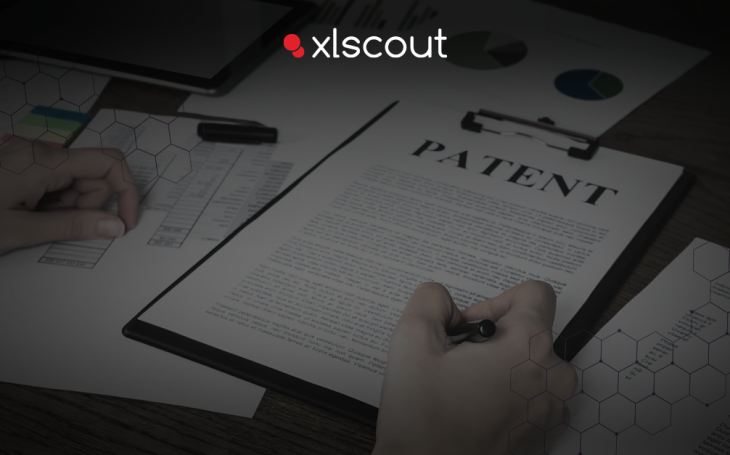
Failing to initiate legal proceedings against patent infringement can have significant consequences, including the loss of IP rights. As a result, patent owners must file a lawsuit as soon as they notice signs of infringement. But before taking any action, it is crucial for patent owners to understand the various types of patent infringement and locate them in the market. The US statute distinguishes between direct and indirect patent infringement and establishes the criteria for each. Because a patent grants the patentee several rights to prevent others from practicing the invention, the onus is on the patentee to demonstrate evidence of patent infringement.
What is Patent Infringement?
Patent infringement occurs when someone uses, manufactures, sells, or imports a process or product covered by another individual’s patent without the patent owner’s permission. In other words, if an individual or business uses a patented invention without first obtaining a license or permission from the patent owner, the patent owner’s rights are violated.
For a set period of time, a patent grants the owner exclusive rights to prevent others from using, manufacturing, selling, or importing the patented invention. If anyone else does any of the aforementioned things without permission, they are infringing on the rights of the patent owner.
Infringement of a patent occurs when any of the following acts are performed without the permission of the patent holder. According to 35 US Code 271:
- Except as otherwise provided in 35 US Code 271 (a), infringing a patent occurs when someone without authority uses, makes, offers to sell, or sells any patented invention within the United States, or imports any patented invention into the country during the term of the patent.
- Anyone who actively encourages patent infringement is liable as an infringer.
- Whoever sells or offers to sell within the United States, or imports, an element of a patented machine, manufacture, combination, or composition, or material or apparatus for practicing a patented process, comprising a material part of the invention, while believing the same to be specially adapted or made for use in an infringement of such a patent, and not a staple commodity or article of commerce suitable for substantial non-infringing use, is also liable as a contributory infringer.
There are three types of patent infringement under this statute: direct infringement, induced infringement, and contributory infringement. Induced and contributory infringement are two types of indirect infringement. Let us now look at the various types of patent infringement.
Direct Infringement
One type of patent infringement is direct infringement, which takes place when an individual or company performs one or more of the actions that the patent holder has exclusive rights to, such as manufacturing, selling, using, or importing a product or process covered by a valid patent.
For example, if Company A owns a patent on a new type of smartphone and Company B begins manufacturing and selling a similar smartphone without first obtaining a license or permission from Company A, Company B may be held liable for direct patent infringement.
To prove direct infringement, the patent holder must demonstrate that the infringing process or product meets all the aspects of one or more claims in their patent. If the court finds that the alleged product or process violates the patent, the infringing party may be held liable. Further, they are ordered to cease using or selling the infringing process or product.
Indirect Infringement
Indirect patent infringement occurs when one party assists or induces another party to infringe on a patent. It is classified into two types: contributory infringement and induced infringement.
1. Contributory Infringement
Contributory infringement occurs when someone contributes a critical component or material to the infringing process or product. And they are fully aware, or should have been aware, that their actions will contribute to the infringement. For example, suppose a company sells a component that is primarily intended for use in an infringing product. Then it may be held liable for contributing to the infringement.
2. Induced Infringement
When someone actively promotes or persuades another party to infringe on a patent, this is known as induced infringement. For example, if a company provides instructions for using their product in a way that violates a patent. Therefore, they may be legally liable for induced infringement.
Conclusion
Direct infringement is a tort with strict liability. However, both direct and indirect patent infringement require that the accused or defendant be familiar with the subject matter’s patent. This knowledge requirement remains the same and is required for both induced and contributory infringement. A finding of willful blindness suffices to prove knowledge of the case before the court for the plaintiff. Furthermore, direct infringement is a prerequisite for indirect infringement. This is not explicitly stated in the statute but is logically implied by various case laws. It is also worth noting that there can be no induced or contributory infringement until and unless an act occurs.
In conclusion, knowing about the various kinds of patent infringement is important for businesses and individuals alike. It is essential to safeguard one’s intellectual property and prevent others from infringing on it. Patent infringement can have serious and costly consequences, including financial penalties and legal action. It is critical to seek legal counsel to ensure that one’s intellectual property rights are properly protected and enforced. Individuals and businesses can protect their inventions and innovations by being aware of the different types of patent infringement and taking the necessary prevention measures.

